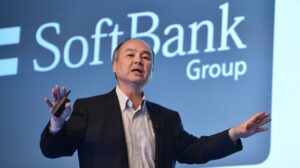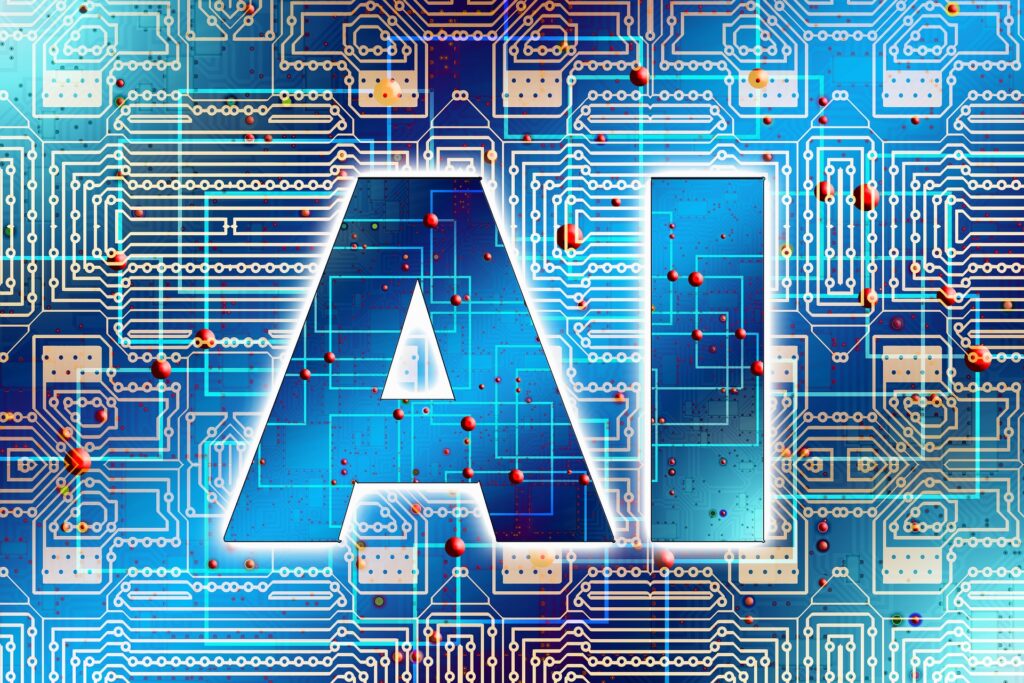|
Getting your Trinity Audio player ready...
|
Artificial intelligence (AI) is transforming industries worldwide, but its future remains uncertain. A recent breakthrough by China’s DeepSeek, which claims to train and run AI models at a fraction of Western costs, has sent shockwaves through the tech industry. Investors initially panicked, leading to a $600 billion market value drop for Nvidia, the dominant AI chipmaker. However, Microsoft’s CEO, Satya Nadella, reassured the market by invoking Jevons’ Paradox—the economic principle that efficiency leads to increased consumption rather than decreased demand. But does this logic apply to AI? A closer examination of past technological shifts suggests a more nuanced reality.
Jevons’ Paradox originates from William Stanley Jevons’ 1865 book, The Coal Question. He observed that as steam engines became more efficient, coal consumption in the UK increased because railway companies could run more trains at a lower cost. This logic underpins Nadella’s confidence that cheaper AI will fuel mass adoption and drive greater profitability.
The principle holds in some cases. Energy efficiency improvements have not reduced fossil fuel demand—2024 saw a record-breaking 8.8 billion tonnes of coal burned globally. Similarly, intelligence, like energy, is a crucial input for economic activity. If AI-powered automation lowers costs, companies may use it more extensively, increasing demand for AI models, chips, and infrastructure. However, historical examples suggest efficiency doesn’t always guarantee sustained growth or high profits.
Lessons from the Past: Efficiency Without Profitability
- Hydraulic Fracturing (Fracking): A Costly Expansion
Fracking revolutionized U.S. oil and gas production by unlocking previously inaccessible reserves. While technology advances lowered costs, they did not necessarily lead to sustained profitability. The U.S. became the world’s largest crude oil producer, but demand did not keep pace. By 2019, 42 fracking companies with a combined debt of $26 billion had gone bankrupt due to overproduction and low prices. AI could face similar challenges—if supply outstrips demand, firms may struggle to sustain profits despite efficiency gains. - Solar Panels: Growth Without Margins
The solar energy industry has seen rapid cost reductions, with U.S. solar system prices dropping by 40% in a decade. While global solar capacity has increased tenfold since 2013, intense competition has driven profit margins near zero. In Q3 2024, the top 10 manufacturers barely broke even, as interchangeable technology left price as the primary differentiator. If AI models become commoditized, tech giants may find themselves in a similar race to the bottom. - Genetic Sequencing: Dominance Without Expansion
Illumina, the leader in genetic sequencing, holds over 90% of the market. Despite this dominance and significant efficiency improvements—cutting the cost of sequencing a genome from $100 million in 2001 to $200 today—revenue growth has stagnated. The issue? Demand for genetic testing has not expanded fast enough to match cost reductions, and competition from new players is growing. Even if AI efficiency skyrockets, widespread adoption is not guaranteed.
The AI Dilemma: Innovation vs. Profitability
AI leaders like Anthropic’s CEO, Dario Amodei, argue that competition will naturally thin as AI research matures. He believes breakthroughs will become harder to achieve, giving early movers an advantage. However, limited competition does not necessarily equate to high margins—just look at Illumina.
If AI firms flood the market with increasingly powerful but cheaper models, demand must rise proportionally to sustain high valuations. The challenge lies in ensuring AI is not just more efficient but also indispensable across industries. Otherwise, companies may face the same fate as fracking giants, solar manufacturers, or genetic sequencing firms—leaders in innovation but not in profitability.
While Jevons’ Paradox suggests efficiency leads to greater consumption, history shows that efficiency alone does not guarantee long-term success. AI may become cheaper and more accessible, but without sustained demand and differentiation, companies may struggle to maintain high valuations and profitability.
Will AI truly drive an economic boom, or will it follow the path of fracking, solar panels, and genetic sequencing—transformative yet financially volatile? Only time will tell.



